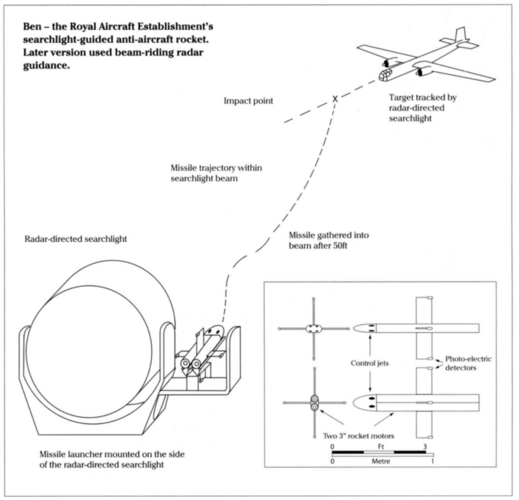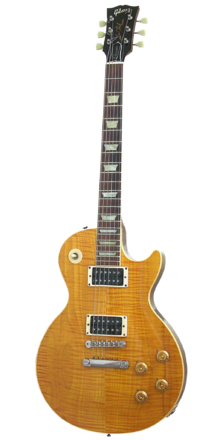Tiger2
F-5 Addict
- Joined
- 26 November 2020
- Messages
- 27
- Reaction score
- 40
I just began reading the book British Secret Projects Hypersonics, Ramjets & Missiles by Chris Gibson and Tony Buttler. So far it's been an interesting read, especially with the opening chapters all about the early attempts at guided weapons by the British. There are several more well known (but still very obscure) ones like the RAE Larynx (basically a small drone airplane that was meant to be guided by an autopilot to crash into and explode at an enemy ship, effectively an ancient ASM) and the REME Brakemine (early beam-riding attempt at a SAM missile, similar to the one I will discuss). But there is one that was particularly intriguing to me and seems to have no real documentation online, the RAE Ben. Named after the man who thought it up, Flt Lt B. S. Benson, the missile comprised of a nose cone housing a guidance system and the explosive warhead, four static fins that kept the Ben stable in flight, propelled by twin 3in rocket boosters, and four jets in the nose selectively fired to steer the Ben. I believe the most interesting part of this early SAM is the guidance method: photoelectric guidance, using the phenomenon of electrons being released when radiation like light hits something. Because radar at the time was not good enough to create a concentrated beam for a missile to reliably follow and that spinning propellers could cause "jitter" and lead to an unreliable lock, the Ben was instead developed around the unconventional photoelectric system where using a radar-guided searchlight with a launch rail for the missile, they would shine the light onto the intended target and fire the missile, which would be flown into the light's beam and photoelectronic sensors in the missile would keep it fixed on the beam of light. A radar would track Ben's distance to the target and when it reached a satisfactory distance the searchlight would be switched off which activated the detonator in the missile making it explode and hopefully destroy its target. Ben seemed to be close to be actually used but advances in radar technology made it better suited for guiding a missile which lead for a revised radar-guided Ben to be worked on but priorities shifted from defence of Britain to the invasion of Germany as the war turned to the Allies' favor, making development slow and the missile to never see use in the war. I thought that this was very interesting since I never knew there were such serious attempts from Britain to make a guided weapon, let alone one guided by essentially a big flashlight!

An illustration of the RAE Ben from the book.

An illustration of the RAE Ben from the book.
Last edited:


